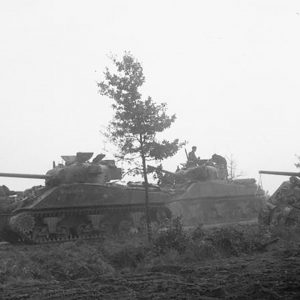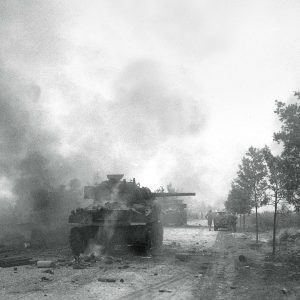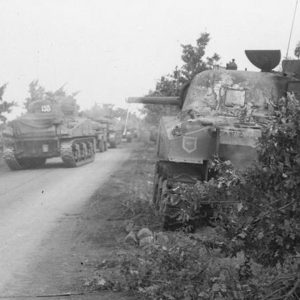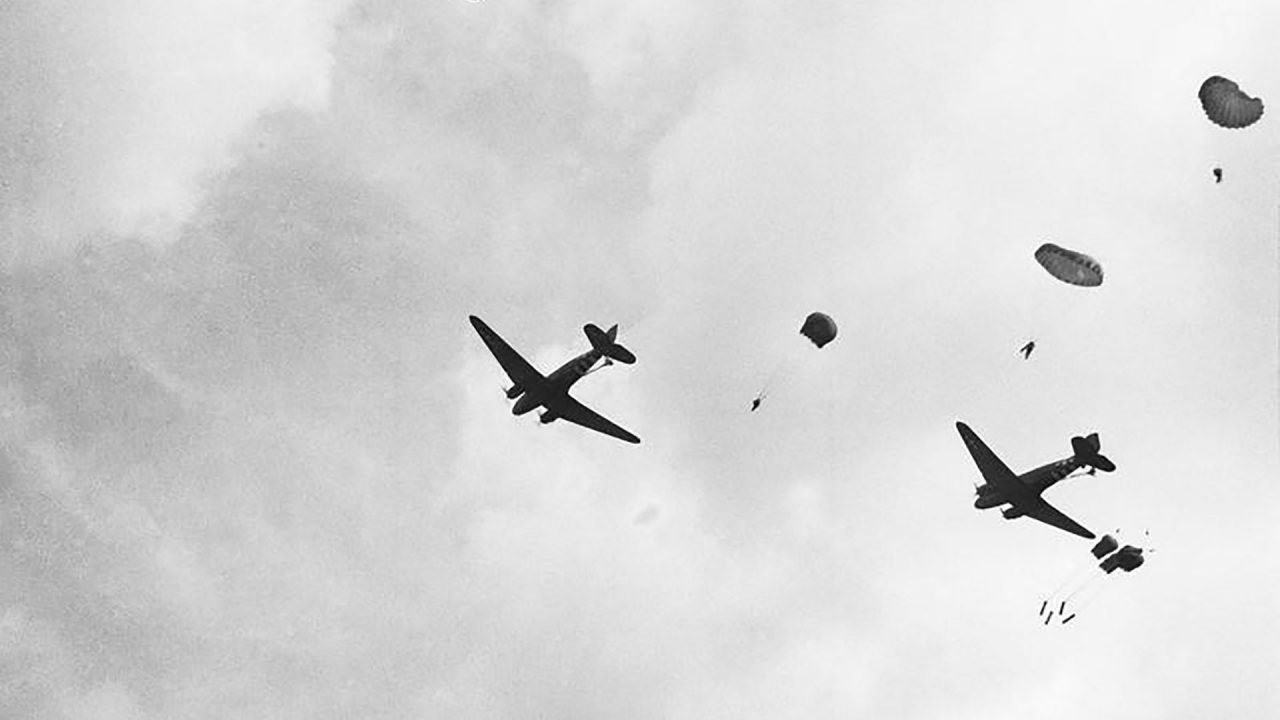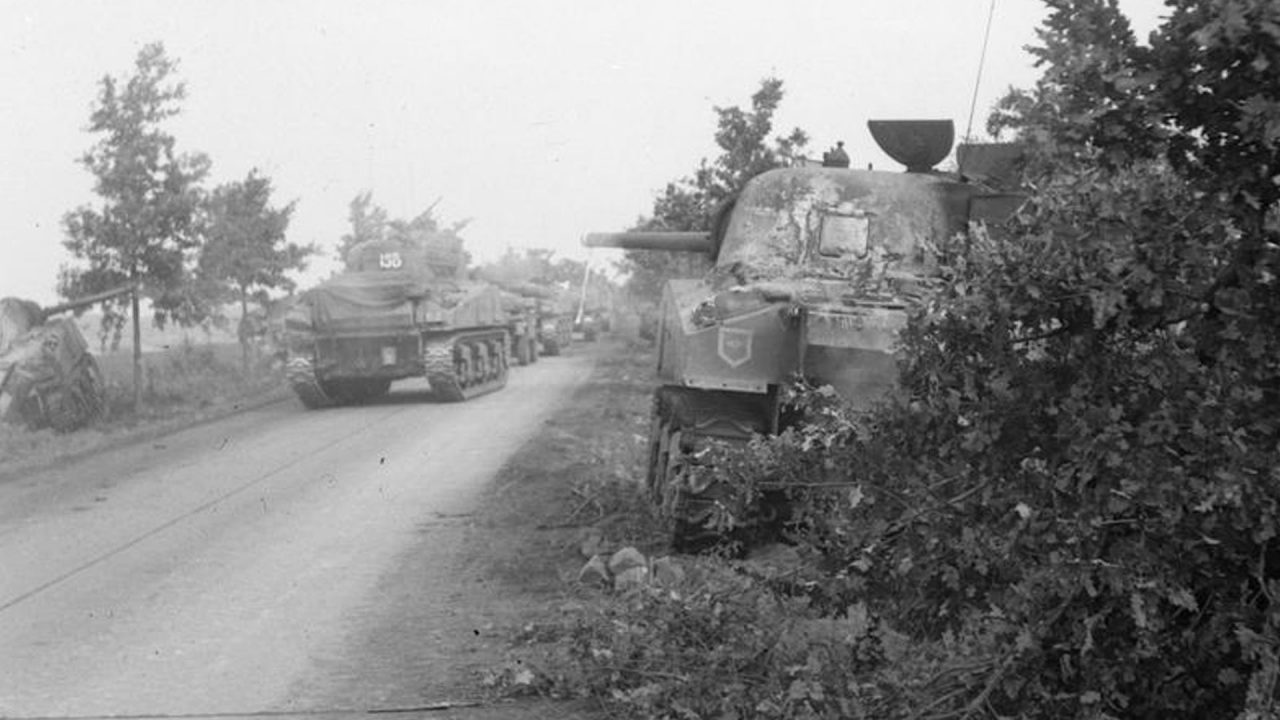In 1944, Field Marshal Sir Bernard Montgomery put forward plans for what would become Operation Market Garden. The military operation took place in the Netherlands between 17th September 1944 and 25th September 1944. The main planning of the operation fell to General Brereton and General Williams of the United States Army Air Force.
Operation Market Garden consisted of 2 sub-operations:
Operation Market – An airborne assault by 1st Allied Airborne Army to capture a series of 9 key bridges. This would be the largest airborne operation up to that point of the Second World War. The key bridges covered the Meuse River, the Waal River, the Lower Rhine, and several other smaller rivers and canals.
Operation Garden – A ground attack by XXX Corps of British 2nd Army to follow up and create a 64 mile salient into German territory. Compared to the huge airborne assault, only a single Corps of ground troops was relatively small. XXX Corps brought with them 5,000 vehicles of bridging equipment and 9,000 sappers.
The entire operation should have given the Allies a foothold over the River Rhine, easing an invasion route into northern Germany. General Eisenhower saw it as an opportunity to encircle German industrial heartlands in the Ruhr. Market Garden would establish the northern end of a pincer ready to go deeper into Germany. Allied forces coming north from Belgium across the Rhine would then consolidate north of Arnhem and close the pincer.
Operation Market Garden succeeded in liberating the Dutch cities of Eindhoven and Nijmegen as well as other towns along the way. They took several bridges between the cities in the early stages of the operation. The 1st Allied Airborne Army failed to take bridges at Son en Brugel and Nijmegan though which delayed the arrival of XXX Corps ground forces.
Day 1: 17th September 1944
On the first day of Operation Market Garden, all looked good for the combined Allied forces. In the north, almost all airborne troops landed on or within their drop zones, with a similar success rate for the gliders. Apart from the large bridge at Nijmegen, all river crossings were either in Allied hands or unusable by the German army. In the south, US 101st Airborne Division met little resistance and took 4 of their 5 bridges. Support came from elements of 44th Royal Tank Regiment.
On landing, British 1st Airborne Division and 1st Polish Independent Parachute Brigade experienced problems with their plan. Only half the division arrived with the first lift. Half of these men had to defend drop zones waiting for the second lift the following day. This left only 1st Parachute Brigade to advance on the bridge. With fewer men and limited artillery, they met strong German defences. They also suffered from communication difficulties in the drop zones.
At 1415hrs, 300 guns of XXX Corps artillery opened fire supported by RAF Hawker Typhoons firing rockets at German positions. The Irish Guards under Lieutenant Keith Heathcote led the ground advance towards Valkenswaard. By 1500hrs, the leading Irish Guards had broken out of the bridgehead at Maas-Schelde and into the Netherlands. They then came under fire from German ambushes along what became known as Hell’s Highway. Despite losses along the way, the Irish Guards took Valkenswaard by the end of the day. This was only 7 miles of the hoped-for 13 mile advance to Eindhoven.
Day 2: 18th September 1944
In British 1st Airborne Division’s zone, fighting continued. Back in England, heavy fog delayed the Second Lift for 3 hours. By then, clouds were forming over Arnhem too. This hindered the arrival of more men and supplies and communication
1st and 3rd Battalions of The Parachute Regiment made progress towards the Arnhem bridge. Frequent skirmishes with the enemy held them up and fragmented their long columns. Among those lost was Sidney “Fighting Sid” Ellis of Belfast, Co. Antrim. By the end of Day 2, the Battalions were within 2km of the Arnhem Bridge but with only around 200 men left to fight. The Second Lift would land later that day.
At 0600hrs, the Irish Guards resumed their advance towards Eindhoven. There they would meet with US 101st Airborne Division. At 1600hrs, news came forward that the Germans had destroyed the Son bridge. The British constructed a Bailey Bridge allowing the Guards to get to Eindhoven by nightfall. Through the night, the Irish Guards came under aerial bombardment.
Day 3: 19th September 1944
Day 4: 20th September 1944
Day 5: 21st September 1944
Day 6: 22nd September 1944
Day 7: 23rd September 1944
Day 8: 24th September 1944
Day 9: 25th September 1944
Day 10: 26th September 1944
Allied forces had secured the 60 mile salient in German territory known for its V2 rocket launching sites. The mission to secure a foothold over the Rhine failed. The river remained a barrier to the Allied advance in Germany until 1945. Operation Market Garden would not see the war end before Christmas 1944.

